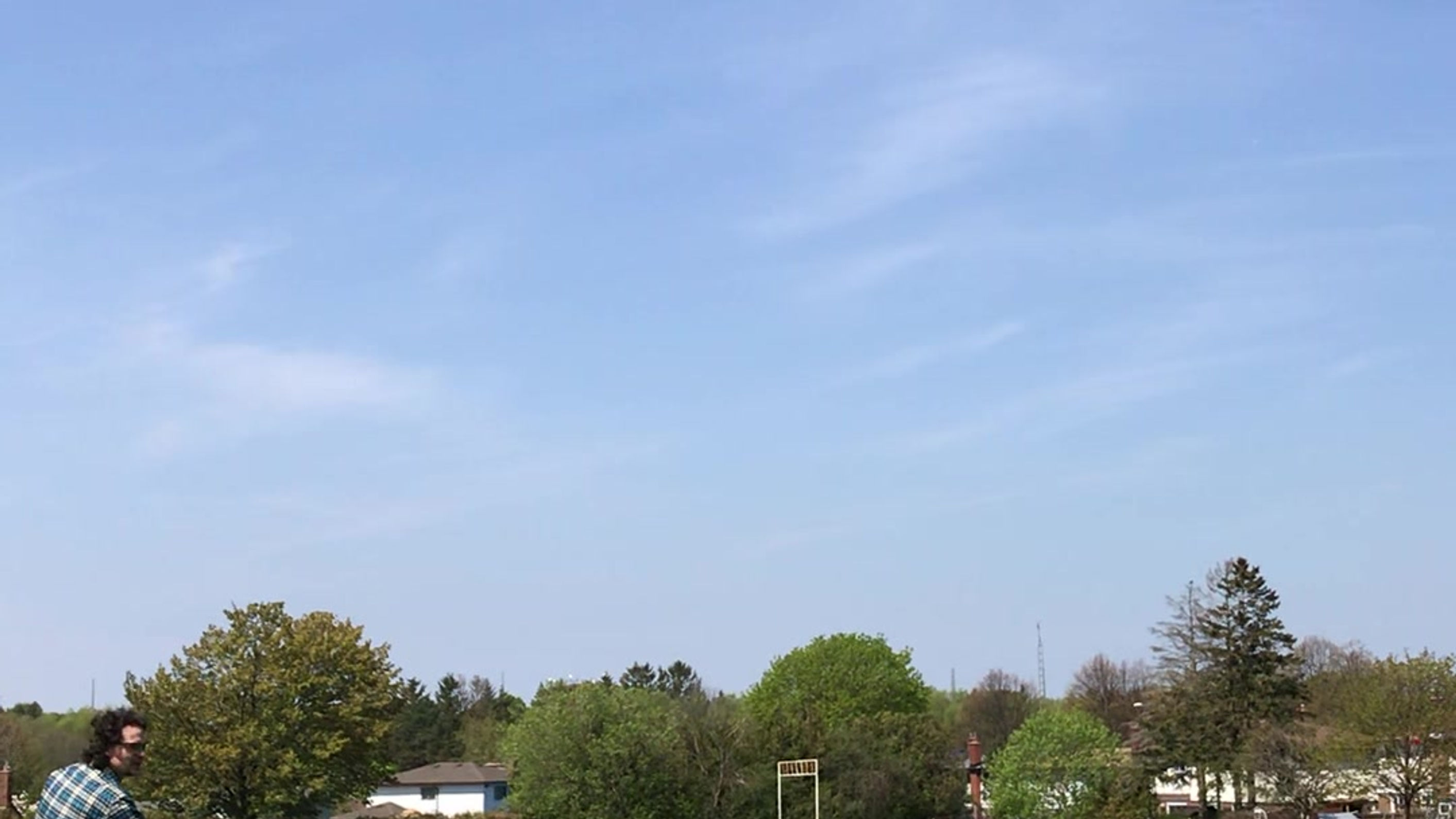
Rocket
Introduction
This was built for a pop bottle rocket final project. A 2L pop bottle was used to store compressed air and water as a propellant. I researched the science of rockets, fluid dynamics, and how large scale rockets are designed. This project was completed in a group of 3.
The First Design
The biggest challenge we faced was designing a way to release the parachute automatically. In the beginning, we used a counterweight that was suspended from the bottom of the nose cone and when the rocket tilted, the counterweight moved and that pulled on a latch to separate the nose cone which exposed the parachute.
We tested this design on our own many times and it worked well, but during the first launch day, the nose cone did not separate therefore the parachute did not deploy. The rocket crashed and the system broke.
The Second Design
We had 1 week to redesign a new system before the final launch day. This time, we used a system that relied on the fact that the rocket would reach a velocity of 0 at max height. We had a flap system that would be forced against the rocket during flight due to air pressure. Once the rocket reached max height, the elastic would pull the flap which would allow the balloon inside the nose cone to deploy the parachute.
This design did work, but the parachute failed to open because it was very compact during flight.
Conclusion
Even though the rocket crashed both times, we won the competition for height and most creative design. We also learned how important testing and prototyping are. If we would have had time to build a prototype, then flaws in the system could have been worked out, yielding in a fully functional project.

Rocket
 |  |  |
|---|---|---|
 |

